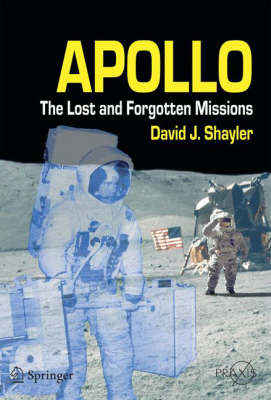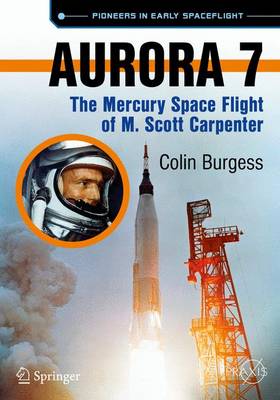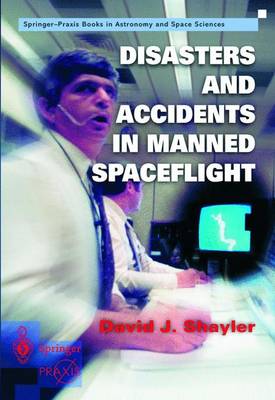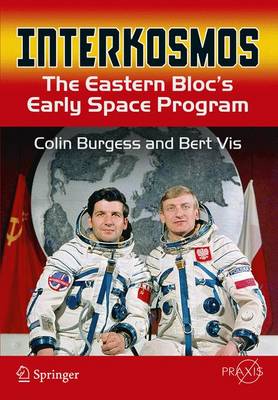Space Exploration
7 total works
Offers a unique and original discussion on how Russia prepares its cosmonauts for spaceflight.
Contains original interviews and photographs with first-hand information obtained by the authors on visits to Star City
Provides an insight to the role of cosmonauts in the global space programme of the future.
Reviews the training both of Russian cosmonauts in other countries and of foreign cosmonauts in Star City
TO A NATION enthralled by the heroic exploits of the Mercury astronauts, the launch of Lt. Cmdr. Scott Carpenter on NASA’s second orbital space flight was a renewed cause for pride, jubilation and celebration. Within hours, that excitement had given way to stunned disbelief and anxiety as shaken broadcasters began preparing the American public for the very real possibility that an American astronaut and his spacecraft may have been lost at sea.
In fact, it had been a very close call. Completely out of fuel and forced to manually guide Aurora 7 through the frightening inferno of re-entry, Carpenter brought the Mercury spacecraft down to a safe splashdown in the ocean. In doing so, he controversially overshot the intended landing zone. Despite his efforts, Carpenter’s performance on the MA-7 mission was later derided by powerful figures within NASA. He would never fly into space again.
Taking temporary leave of NASA, Carpenter participated in the U.S. Navy’s pioneering Sealab program. For a record 30 days he lived and worked aboard a pressurized habitat resting on the floor of the ocean, becoming the nation’s first astronaut/aquanaut explorer.
Following extensive research conducted by noted spaceflight historian Colin Burgess, the drama-filled flight of Aurora 7 is faithfully recounted in this engrossing book, along with the personal recollections of Scott Carpenter and those closest to the actual events.
This book focuses on the Interkosmos program, which was formed in 1967, marking a fundamentally new era of cooperation by socialist countries, led by the Soviet Union, in the study and exploration of space. The chapters shed light on the space program that was at that time a prime outlet for the Soviet Union's aims at becoming a world power.
Interkosmos was a highly publicized Russian space program that rapidly became a significant propaganda tool for the Soviet Union in the waning years of communism. Billed as an international “research-cosmonaut” imperative, it was also a high-profile means of displaying solidarity with the nine participating Eastern bloc countries. Those countries contributed pilots who were trained in Moscow for week-long “guest” missions on orbiting Salyut stations. They did a little subsidiary science and were permitted only the most basic mechanical maneuvers.
In this enthralling new book, and following extensive international research, the authors fully explore the background, accomplishments and political legacy of the Interkosmos program. Through personal and often highly revealing interviews with many of the participants they relate the very human story behind this extraordinary but controversial space venture..
As the one-man Mercury spacecraft gave way to the two-man series on the American road to the Moon with Apollo, the multi-crewed Voskhod series which followed the single-seat Vostok was expected to compete with the Gemini programme. By developing the experience and techniques required to send cosmonauts to the Moon the series was planned as a stepping stone to the Soyuz and Zond lunar programmes then under development which would race Apollo to the Moon.






